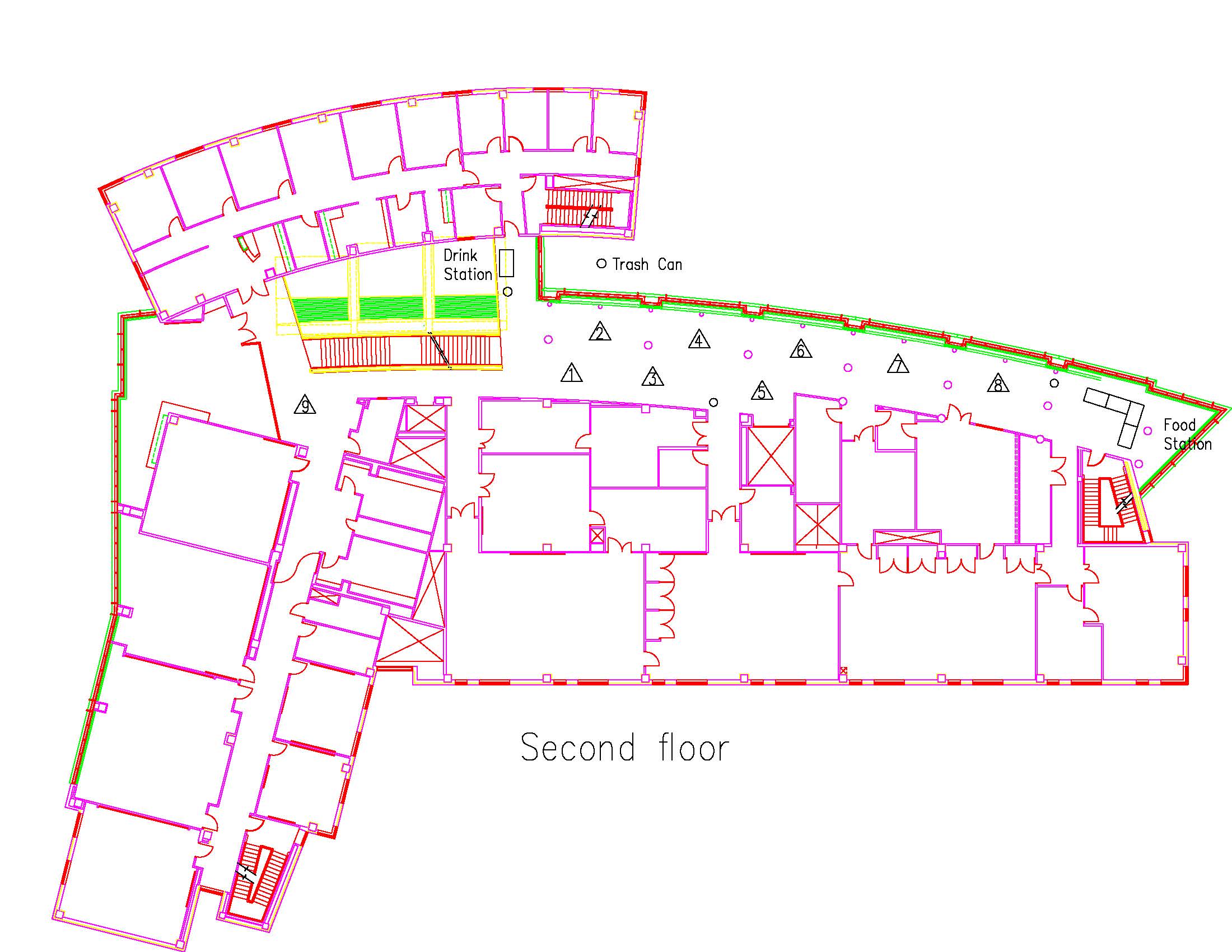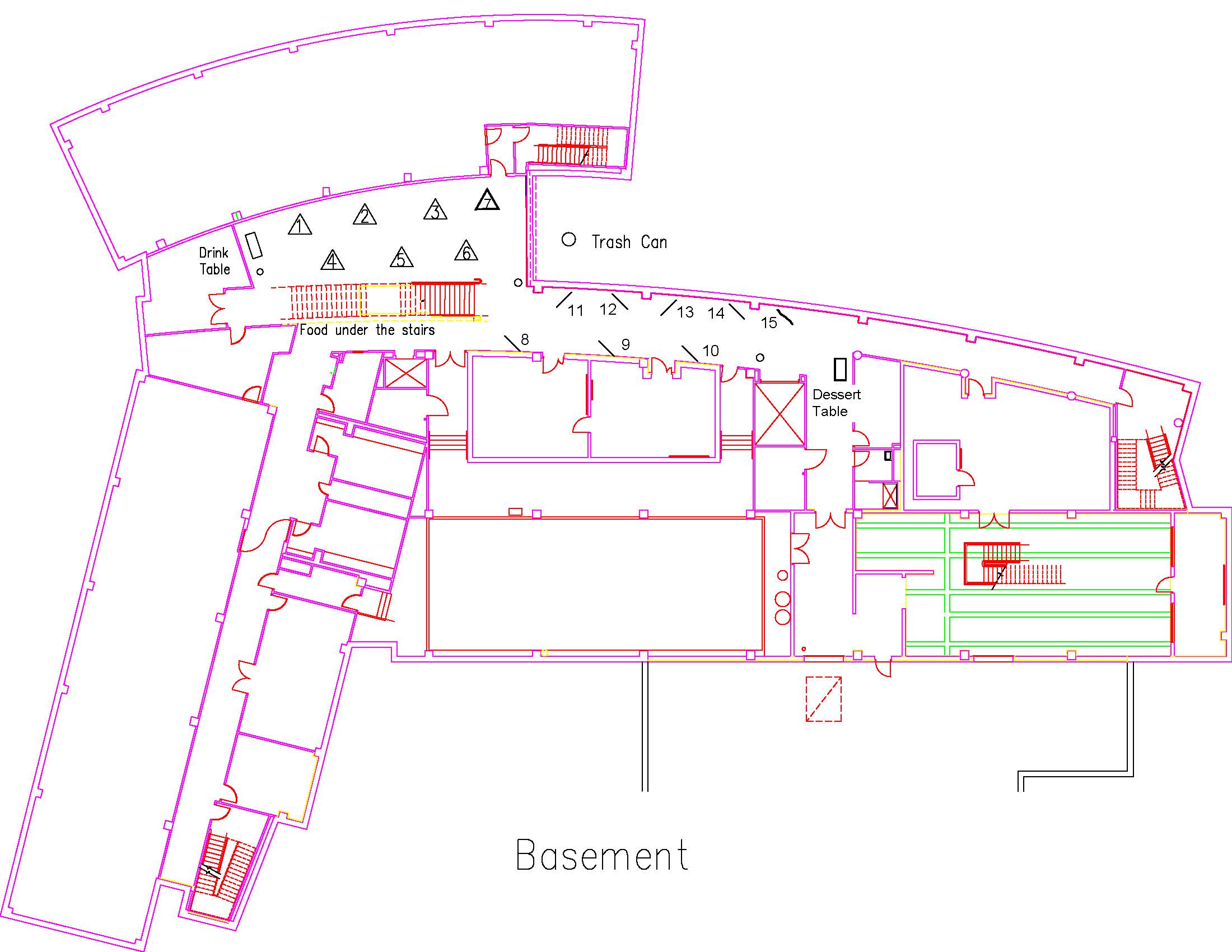PHYS2019RYAN42727 PHYS
Construction and Implementation of a High-Powered Multi-Laser Excitation System
Type: Undergraduate
Author(s):
Conor Ryan
Physics & Astronomy
Tanvir Hasan
Physics & Astronomy
Advisor(s):
Anton Naumov
Physics & Astronomy
Location: Session: 1; 2nd Floor; Table Number: 6

View PresentationHigh-power laser excitation systems are critical in observing and studying nanomaterials and their optoelectronic properties on a single specie level. These systems enable inducing fluorescence and observing emission microscopically from individual flakes and or molecules. As the fluorescence of nanomaterials is often excitation dependent, multiple laser with different frequencies are needed to probe their optical properties. In this work we construct such multi-laser setup to use for a microscopy system to enable imaging nanocarbons: flakes of functional derivatives of graphene, carbon nanotubes, and graphene quantum dots.
The system is composed of four lasers of varying wavelength: blue at 450 nm, green at 532 nm, red at 637 nm, and near-infrared (NIR) at 808 nm. An additional near-infrared laser at 980 nm is included for special applications with deep NIR imaging. These lasers were set up to be turned on and off remotely and traverse through a system of dichroic and regular mirrors and a periscope coupled to a fluorescence microscope. A neutral density filter wheel designed and set up in the light path enables altering the intensity of the lasers leading to optimized fluorescence and imaging. The resulting laser set up allowed effective imaging of graphene oxide flakes, graphene quantum dots, and carbon nanotubes both on a microscope slide and in biological cells and tissues.
PHYS2019STONE31461 PHYS
Nanomaterials-Assisted Antibiotic Delivery
Type: Undergraduate
Author(s):
Lindsey Stone
Physics & Astronomy
Advisor(s):
Dr Anton Naumov
Physics & Astronomy
Dr Shauna McGillivray
Biology
Location: Session: 2; 3rd Floor; Table Number: 1

(Presentation is private)The goal of this project was to engineer complexes of antibiotics and nanomaterials that address gram negative bacteria more efficiently than antibiotics alone. The gram-negative class of bacteria has two cell membranes, as opposed to the gram-positive class which has only one; this second membrane poses an additional challenge for antibiotic cell entry. Theoretically, the amphiphilic nanomaterials may aid the antibiotics by assisting them through both membranes and masking their entry. A number of nanomaterials were tested including graphene quantum dots, single-walled carbon nanotubes, and graphene oxide, and antibiotics including Penicillin, Methicillin, Amoxicillin, Norfloxacin and Linezolid were tested as well. Carbon nanotubes were supplemented with polyethylene-glycol coating agent, while water-soluble GQDs and graphene oxide were used as synthesized in our laboratory. The complex of the antibiotic Norfloxacin and Graphene Quantum Dots (GQDs) was selected as the most efficacious. It allowed killing of the gram-negative bacteria E. Coli at moderate concentrations significantly more efficiently than unaccompanied Norfloxacin. Its colocalization with bacteria was verified via high quantum yield (over 62%) intrinsic fluorescence of GQDs in the visible. This may lead to substantial improvement of antibacterial techniques against gram negative bacteria, increase in antibiotic efficacy, and potentially the recycling of antibiotics to which bacteria exhibit resistance.
PSYC2019AVELAR29440 PSYC
Relationship Specific Meaning in Life (MIL) Buffers Against Fear of Mortality
Type: Undergraduate
Author(s):
Elidia Avelar
Psychology
Arielle Cenin
Psychology
Bryn Lohrberg
Psychology
Elise Martinez
Psychology
Advisor(s):
Cathy Cox
Psychology
Location: Session: 1; 1st Floor; Table Number: 1

View PresentationTerror management theory is a theory that proposes mortality salience, or the awareness of the inevitability of death, is a motivating factor for maintaining faith in cultural worldviews and personal growth in value and self-esteem. Following mortality salience, people are more likely to interact with others and express satisfaction in relationships. Meaning in life (MIL) research is interested in examining the purpose and significance one feels in relation to their personal lives. Research has found that high MIL is associated with increased feelings of social connectedness and sense of belonging. (Baumeister & Vohs, 2002) The present research examined the link between mortality concerns, relationship MIL, and satisfaction/commitment within people’s romantic partners. In the research 369 participants ranging from ages 17-43 were asked to complete a lexical decision task that could be filled with death or neutral related words. Participants also completed a 5- item measure of relationship-specific MIL. Finally, participants completed a measure recording their relationship satisfaction. It was hypothesized that increased death awareness would lead to greater pursuit in MIL in people’s relationship with their romantic partner. The results showed that people with elevated DTA also have higher scores on relationship specific meaning in life. That is, higher DTA was related to greater search for meaning from relationships. This, in turn, was related to increased relationship satisfaction and commitment scores.
PSYC2019BENTLEY40614 PSYC
The Role of Death Concerns in the Use of Force Among Police Officers
Type: Undergraduate
Author(s):
Hope Bentley
Psychology
Lexie Bryant
Psychology
Anita Pai
Psychology
Advisor(s):
Cathy Cox
Psychology
Location: Session: 2; Basement; Table Number: 10

View PresentationFrom the perspective of terror management theory, reminders of death are problematic because they lead individuals to defend their cultural beliefs. Given that police officers are trained to see persons and situations as potentially dangerous (i.e., naturally occurring mortality salience), this may result in greater acceptance of the use of force. The current study examined police officers’ reactions to arrest vignettes and fear of death. Results suggest that increased death awareness predicted greater use of unnecessary force. These effects held while controlling for several individual differences that have previously been shown to influence use of force. These findings suggests that death concerns play an important role in how police officers respond to crime.
PSYC2019DUKES19806 PSYC
The peripheral antecedents of the decision to act
Type: Undergraduate
Author(s):
Jacque Dukes
Psychology
Abby Duplechain
Psychology
Andrea Farias
Psychology
Bells Vo
Psychology
Sam Wharton
Psychology
Advisor(s):
Brenton Cooper
Psychology
Location: Session: 2; 1st Floor; Table Number: 1

View PresentationHow does one decide to act? In humans, the “decision” to initiate a behavior can occur several seconds before an action is undertaken and can even occur without conscious awareness. Here we explore whether we can predict when a nonhuman animal is going to engage in a self-initiated behavior.
Singing in songbirds is a learned behavior that is passed down from one generation to the next via imitative learning. Birds initiate song in response to the presentation of a female bird (directed) or spontaneously when in isolation from other birds (undirected). The production of song requires the control of respiratory, vocal organ, and upper vocal tract motor systems; these diverse motor systems are controlled by the activation of precise neural networks within specific areas of the songbird brain. Although much is known about the neuromuscular control of song, the neural and peripheral mechanisms underlying song initiation and termination have received less attention. Here we explore in two songbird species whether song initiation and termination can be predicted by measuring changes in respiratory patterns prior to, during, and after song. We quantified changes in respiratory rate and amplitude, as well as changes in time spent in the inspiratory versus expiratory cycle to determine whether specific features of respiration were tied to onset or offset of song. Measurements of respiratory patterns were undertaken in zebra finches (Taeniopyggia guttata) and Bengalese finches (Lonchura striata var. domestica). Preliminary data suggest that respiratory patterns change predictably within the last second prior to when a bird initiates song. Following song, there is clear evidence of respiratory changes due singing-related exertion. Our findings illustrate that the occurrence of self-initiated behaviors can be predicted by exploring peripheral song motor control up to one second prior to the onset of the behavior. These results illustrate that the decision to act can be predicted by changes in peripheral motor systems which likely serve as preparatory activity for the upcoming motor action.